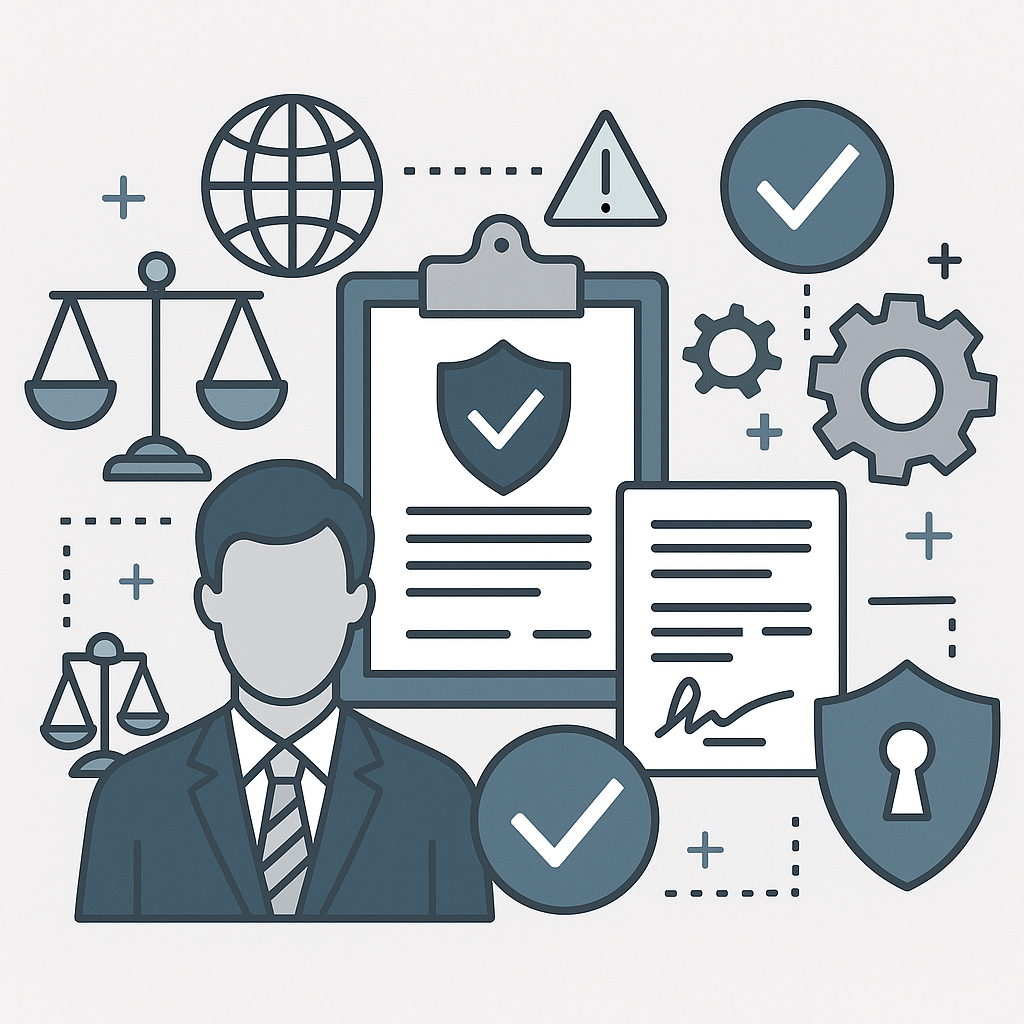Key Takeaways
- Modern technology is transforming court reporting with increased accuracy and efficiency.
- Innovations such as AI, digital recording, and remote access offer significant benefits for legal professionals.
- This guide explores how current advancements are shaping the future of court reporting.

Introduction to Modern Court Reporting
Court reporting has undergone significant changes due to technological advancements. Technologies such as artificial intelligence and digital recorders have revolutionized how legal professionals capture and transcribe proceedings. These tools not only streamline workflow but also enhance accuracy and reliability. As these innovations become more mainstream, professionals like Miami Court Reporters use advanced tools to maintain precise and accessible records in an ever-evolving legal environment.
Miami court reporters play a crucial role in accurately capturing legal proceedings, ensuring that every spoken word is recorded for future reference. They utilize advanced technology to produce transcripts that are essential for trials, depositions, and hearings. With a deep understanding of legal terminology and procedures, these professionals contribute significantly to the justice system in Miami.
Incorporating technology in court reporting provides a dual benefit of efficiency and reliability, making it faster and easier to produce accurate transcripts. Anyone working in the legal industry today must be aware of these advancements in order to maintain their competitive edge. This shift towards technology is not just a trend but a necessary evolution in the way judicial processes are managed and executed in modern society.
Historical Context: From Stenography to Digital
Historically, court reporting was synonymous with stenography, where skilled individuals used shorthand to document proceedings. These stenographers, equipped with a unique set of skills, were able to encapsulate spoken words swiftly and accurately, providing essential transcripts for legal proceedings. Although effective for its time, this method required considerable time and effort to transcribe notes into readable documents, often leading to delays.
The advent of digital technology has transformed this process significantly. Transitioning from manual to digital means using notebook computers, digital recording devices, and real-time transcription software, allowing courts to streamline the process. The evolution symbolizes a shift towards embracing technology to meet the demands of a continuously dynamic legal environment. See how technology impacts the legal profession with insights from authoritative sources, shedding light on this remarkable transformation.
Advantages of Technology in Court Reporting
Modern technology in court reporting brings numerous advantages. Automated transcription powered by AI delivers faster and more accurate results, reducing the turnaround time from trial to transcript. This speed does not come at the expense of accuracy, with sophisticated algorithms capable of discerning speech nuances and reducing potential errors. Digital recording methods ensure a more complete and tamper-proof record of proceedings through high-fidelity audio capture.
Additionally, remote access solutions allow legal professionals to access documents and recordings from anywhere, facilitating more flexible work arrangements. A trusted managed services provider for legal practices can deploy cloud-based storage solutions, ensuring that documents are protected and accessible regardless of geographic limitations, enabling smooth cross-border cooperation. This adaptability is essential in a world where remote work continues to evolve into an industry standard, aiding in reducing logistical hurdles and managing extensive legal portfolios.
Common Tools and Technologies
Tools such as real-time transcription software and digital audio recording devices have become indispensable in modern court reporting. Real-time transcription allows for immediate transcription as events unfold, which can be crucial for time-sensitive cases. By enabling a real-time display of transcriptions, legal teams can catch nuances and details that may be pivotal in legal arguments or settlements, thereby increasing the quality of legal counsel and decisions rendered.
Digital recorders capture audio with precision, preserving the integrity of spoken words and providing a reliable reference point for accuracy. When these tools are combined with AI applications, the result is a highly efficient, data-driven process capable of meeting today’s demanding legal needs. They also diminish the risk of losing data due to human error or bias, presenting a more objective record of proceedings. Discover more about artificial intelligence in legal tech from informed resources, highlighting these technological advancements.
Legal and Ethical Considerations
As technology permeates legal practices, it carries legal and ethical considerations that professionals must address. Issues such as privacy and data security become paramount. Mishandling of sensitive information can lead to breaches, undermining the ethical and legal foundation of any judicial system. Ensuring that sensitive information is protected in digital formats requires robust security protocols, including encryption and secure user authentication mechanisms.
Additionally, the use of AI in transcription raises questions about accuracy and bias. Simple algorithms might misinterpret accents or speech peculiarities, leading to crucial data being overlooked or misrepresented. Legal professionals must balance the benefits of automation with the ethical obligation to maintain fairness and integrity in legal documentation, as oversight and accountability are crucial in maintaining trust.
Frequently Asked Questions
How does technology improve the accuracy of court reporting?
Modern technology ensures higher accuracy with tools that minimize human error and preserve audio fidelity better than traditional methods. Transcriptions are processed faster while safeguarding data integrity through robust digital preservation techniques.
Are these technological tools universally accepted in all courts?
Acceptance varies by jurisdiction, with some courts more progressive in adopting new technologies than others. A review of relevant local regulations is critical to understanding technology’s role and extent in judicial processes across different areas.
What are the challenges facing technology adoption in court reporting?
Challenges include managing data security and implementing technology ethically while ensuring compliance with local, national, and international regulations. Continuous education and adaptation to technology use will be essential in overcoming these hurdles.






